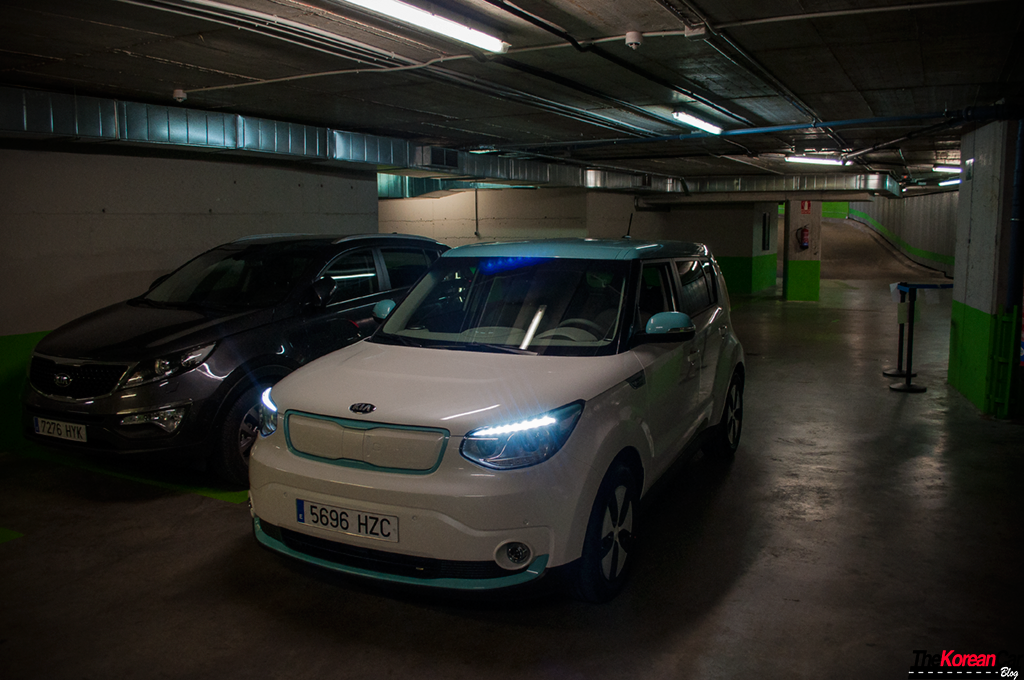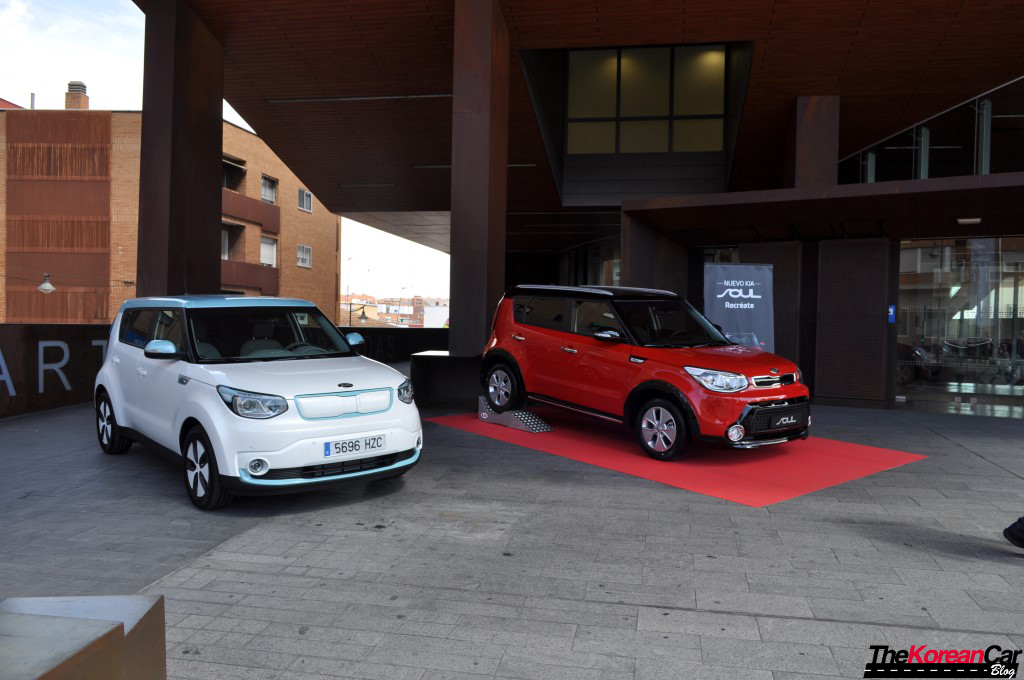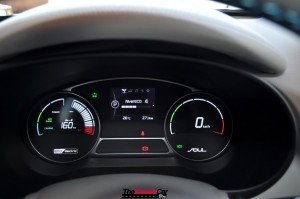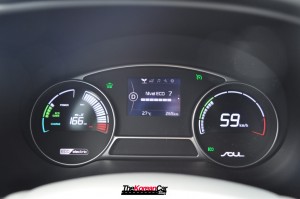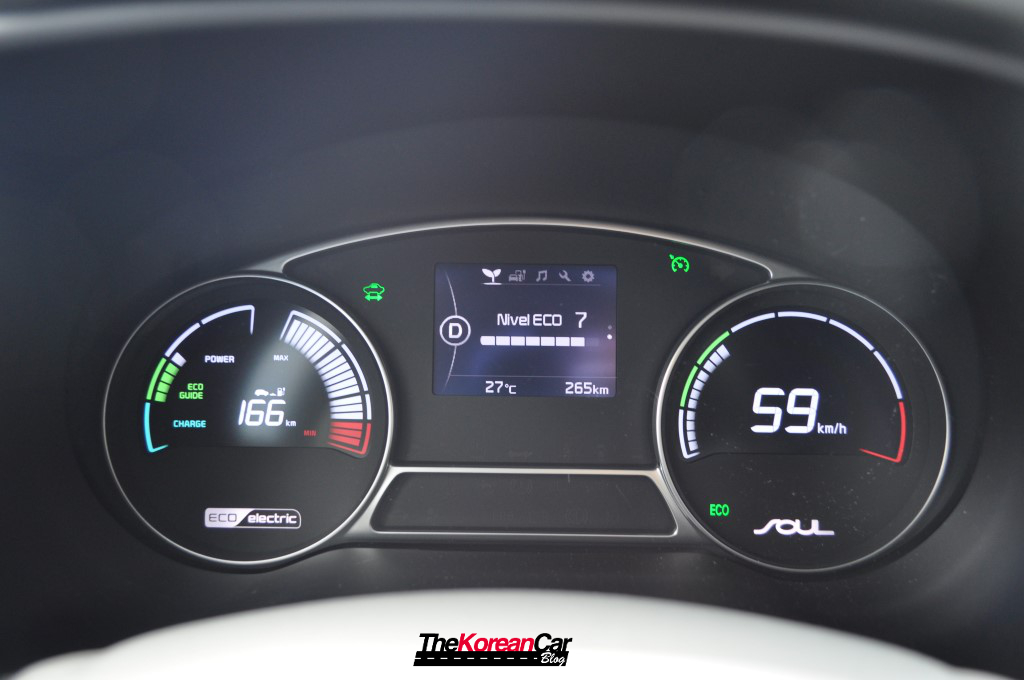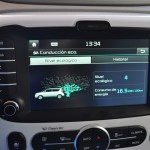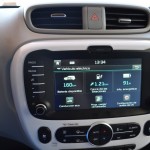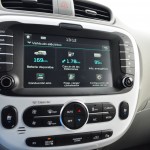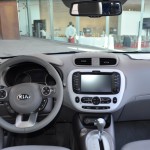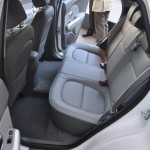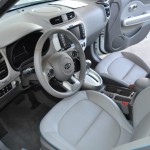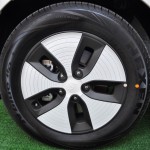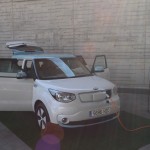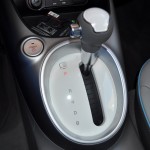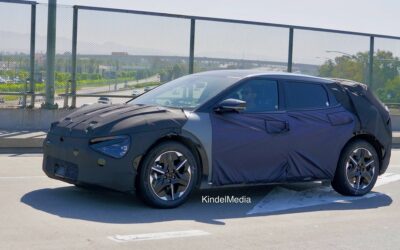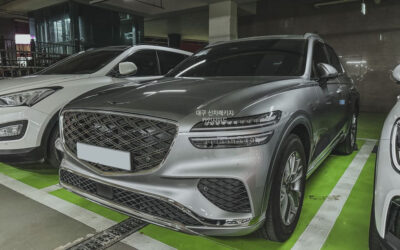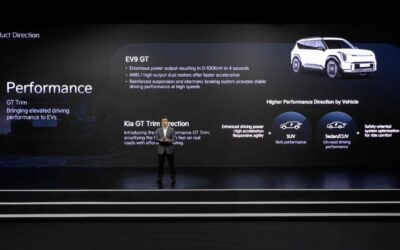When Kia launched the Soul at the 2008 Paris Motor Show, nobody expected that level of success. In its first complete year in the US-market (2010), the first generation Soul sold 67,000 units, followed by 102,000 in 2011 and 116,000 in 2012. With the launch of the second generation, the improved Soul reached 145,000 units in 2014.
[ads id=”0″ style=”float:left;padding:5px;”]Earlier 2013, Kia started testing prototype versions of a Soul Electric Vehicle at the California Proving Ground and at the Artic Circle (Hot and Cold weather conditions). In November 2013, Kia announced they would be producing the Soul EV and it would go on sale in 2014. The production version was revealed at the 2014 Chicago Auto Show.
For the US-market, the Soul is only available in California, Oregon, and several Eastern states, with the largest EV markets and infrastructure including New York, New Jersey and Maryland. In Québec, Canada, four Kia Platinum Dealership are expected to receive between 80 and 100 Soul EV’s.
So we make this Kia Soul EV review and we were impressed by the car. The Soul EV is based on the second generation Kia Soul and powered by a 27 kWh lithium-ion polymer battery pack, while has a target range of over 120 miles (212km) and fast charging capability of 100 kW DC via a CHAdeMO connection (as an €3,000 option).
Comparison between the Soul EV and the normal Soul
The front-wheel drive Kia Soul EV is powered by a 109-hp (81.4kW) electric motor, producing a generous 210 lb.-ft. of instantaneous torque. The liquid-cooled AC synchronous permanent magnet motor uses multi-layer magnets to help improve efficiency and reduce the whine common to most electric vehicles. The motor delivers its power to the front wheels through a single-speed constant-ratio gear reduction unit.
Acceleration from 0-60 mph (0-100 km/h) takes 11,2 seconds with top speed electronically limited to 90 mph (145 km/h). The battery’s location beneath the floor results in a lower center of gravity, which helps ride and handling and ensures that the EV remains true to the Soul’s fun-to-drive reputation.
In an effort to maximize efficiency and range, the Soul EV uses Kia’s third-generation regenerative braking system to capture up to 12 percent of the car’s kinetic energy, which is fed back into the battery while the Soul EV is coasting and braking. Soul EV owners can choose between four drive mode combinations: “Drive” or “Brake” modes in Eco-mode “Off,” and “Drive” or “Brake” modes in Eco-mode “On” (the “Brake” or “B” setting with Eco-mode “On” produces the most regeneration). Also you can see on the super vision cluster how “ECO” you’re, from 1 to 7 the Soul EV showed your level of Eco-driving and wants to teach you how to improve.
[ads id=”2″ style=”float:left;padding:9px;”]
If you drives carefully, not using the Air Con., and with the most regeneration, you can achieve the 7
One of the virtues of electric cars is max torque from start, which translates as right-now throttle response followed by smooth, linear acceleration. Still, there are other dynamic virtues here. Without the rumble of an internal-combustion engine, the EV’s soundtrack now consists of deeper sounds from the swamp—some motor whirring, and the aerodynamics noise, plus the tires sound.
Ride quality is smooth, with the added weight of the battery pack actually calming ride motions a bit. Responses to directional changes are surprisingly eager, with only moderate body roll. This Soul also has accurate steering, which is all the more surprising since it has an electric system (natch) with a column-mounted motor.
The Soul EV is priced at $34,500 (US-market). It is well equipped, including 8-inch navigation system with rear parking camera, Bluetooth, and UVO EV services to monitor distance-to-discharged, check battery-charge status, and search for charging stations. In other countries, like in Spain (where we tested the car for the first tiem), Kia offers another way to buy the Soul EV, with a starting price of €13,990 (after gov. aids). Then you will pay €99 a month during 7 years as a rent for the batteries (this is a final price of €20,290).
California offers a $5000 rebate on the purchase or lease ($249 a month for the Soul) of zero-emissions or plug-in-hybrid vehicles. Nevertheless, at more than double the price of a base piston-engine Soul, the fossil-free EV is no cheapie. It comes with plenty of standard kit, while Kia’s five-year maintenance US plan will set you back just $329. Overnight charging costs of around $2 should also help slash fuel bills.
According to Kia Motors America, 44 percent of all electric-vehicle sales in the U.S. are in California, which is pertinent to the Soul, because that’s the only place you’ll be able to acquire one, at least initially. Kia may expand availability to the other ZEV states sometime in 2015, but that’s a wait-and-see situation.
Kia is arriving late to the electric car party, but the Kia Soul EV made a big entrance. Latest review from German magazine Auto Bild faced a $43,400 BMW i3 and the Kia Soul. After 167 km of city, mountain and highway tour the BMW stops while the Soul continue up to 210 km.
Look past the limited badge appeal, and you’ll find that the EV promises a lot of car for the money. The Soul EV could be a great option if you live in a big city where you can find free charge stations, until that we need to wait a little bit more, even when the oil prices are getting low, but I was surprised by the Soul EV.

